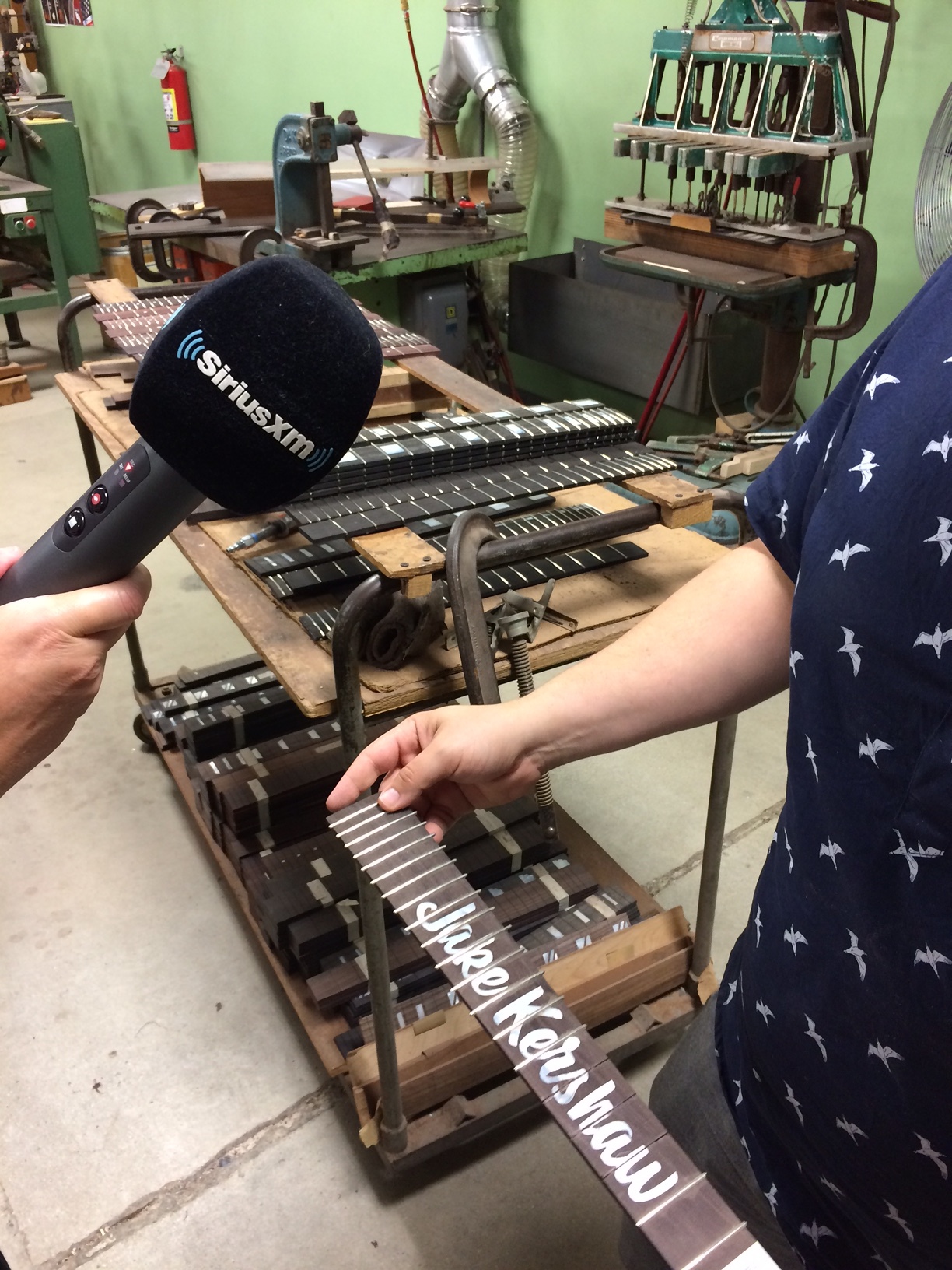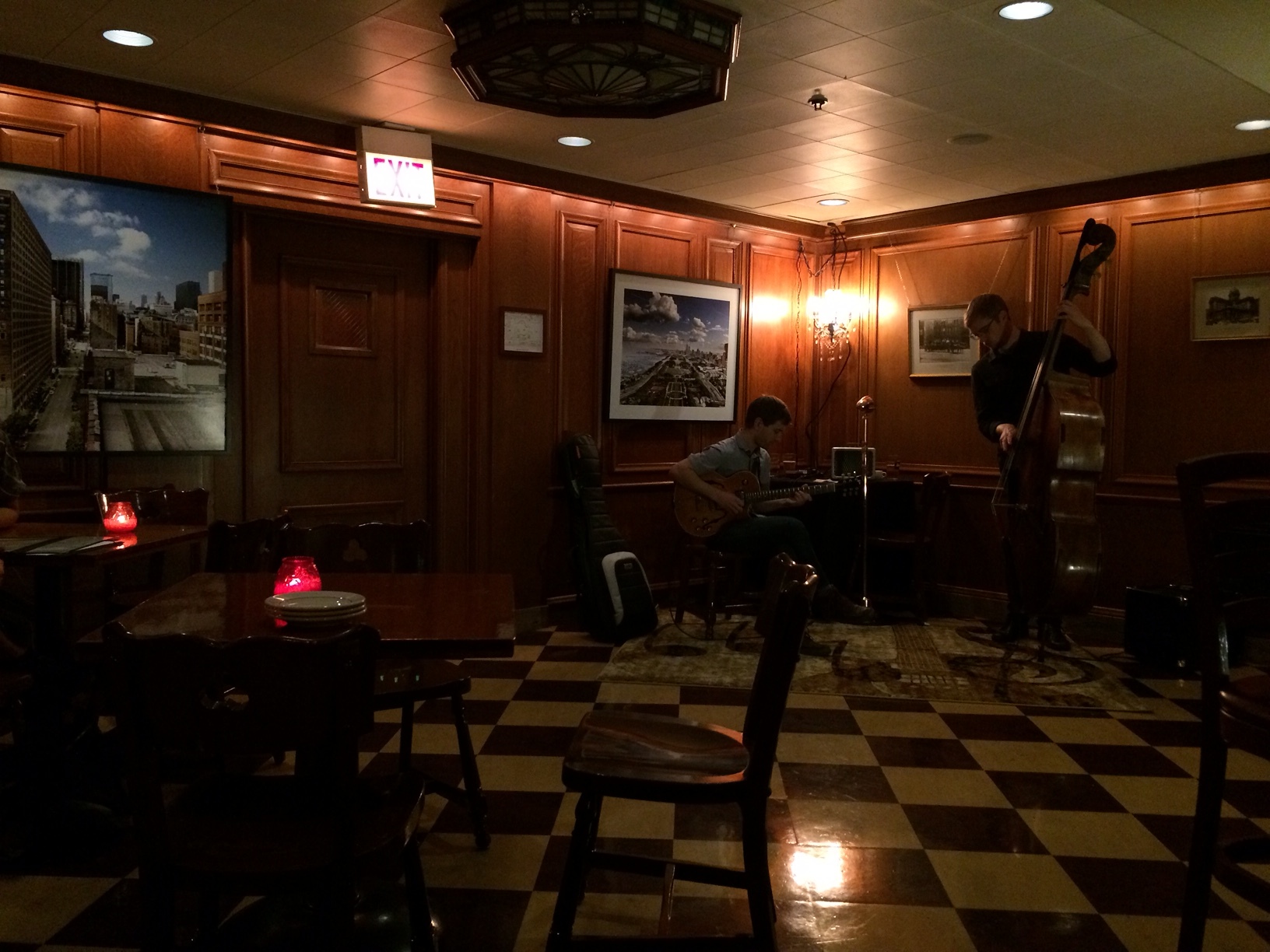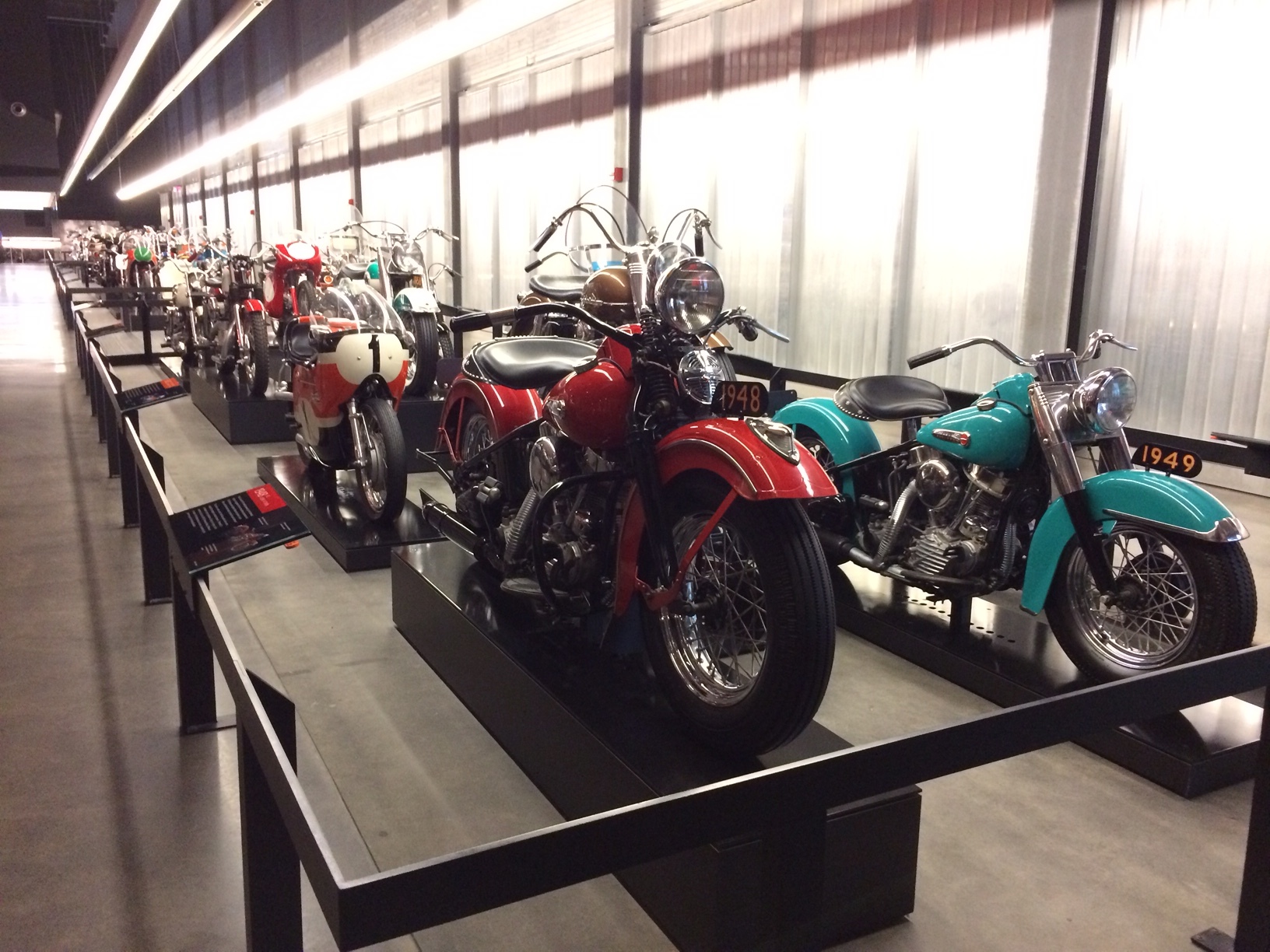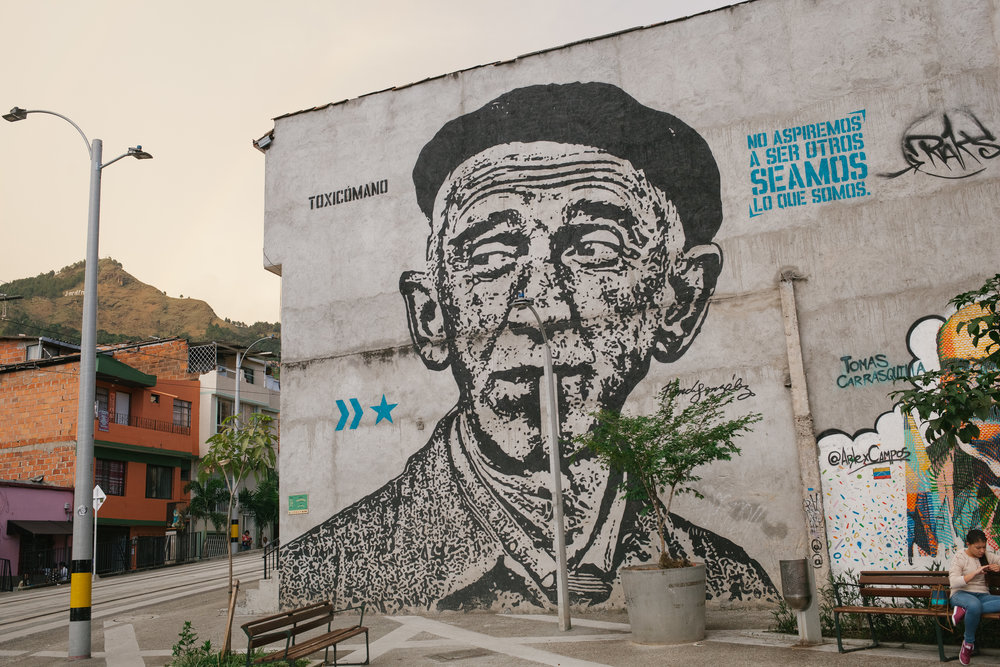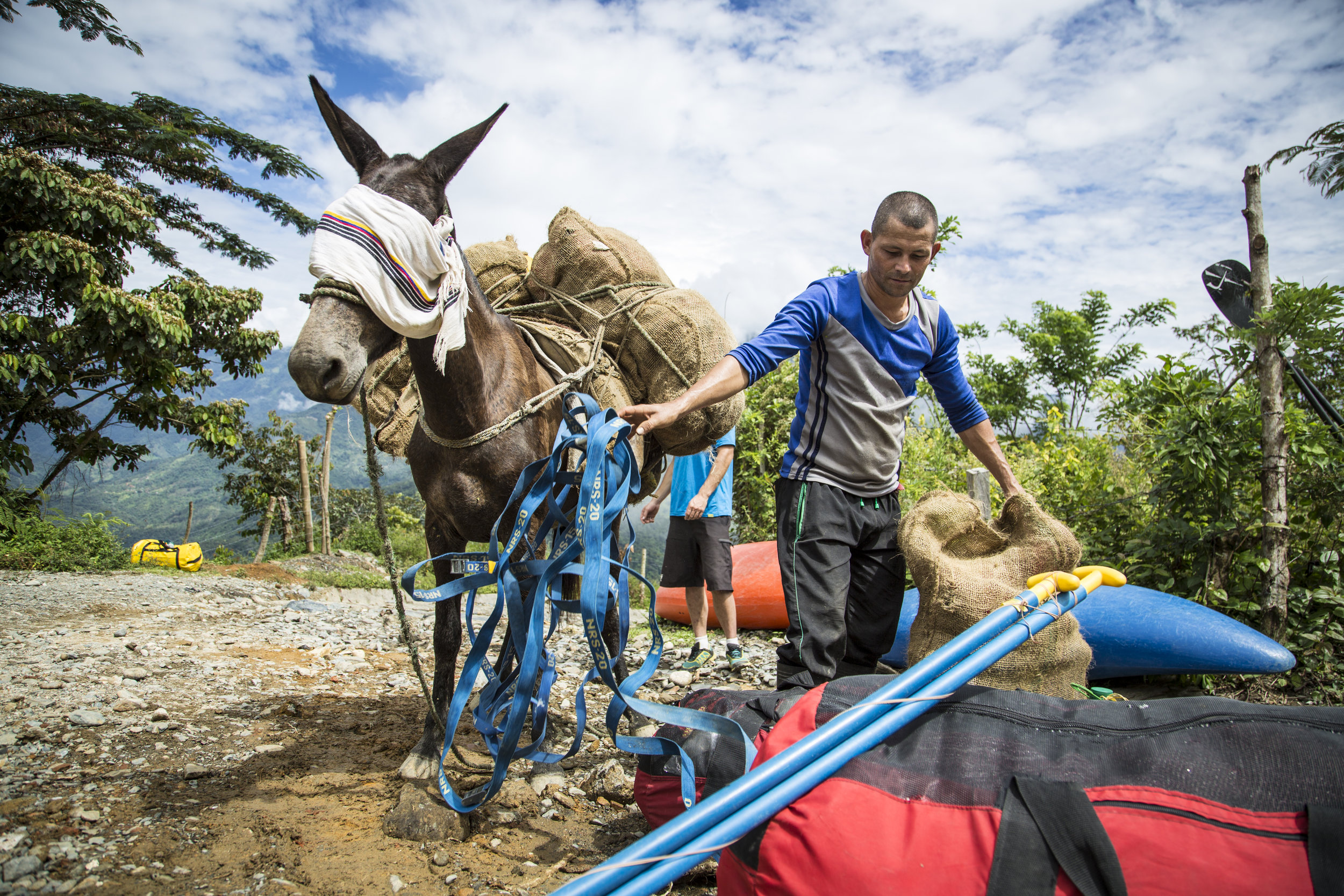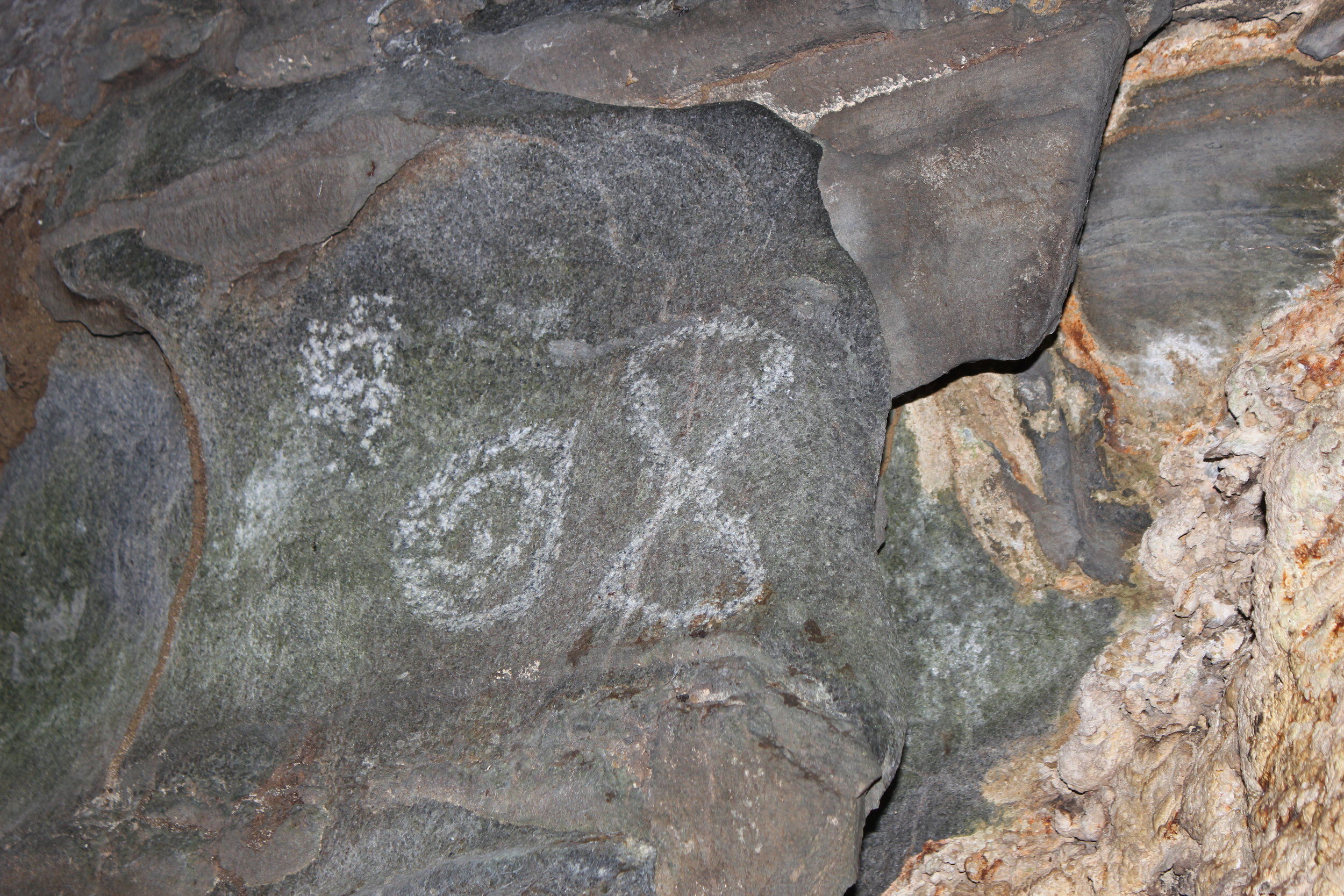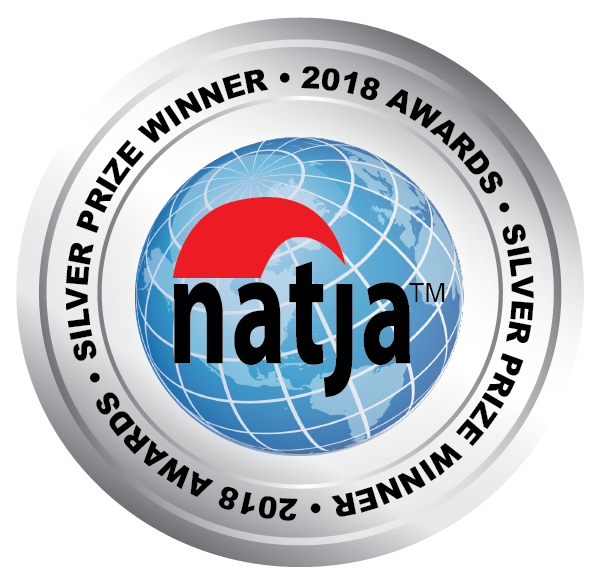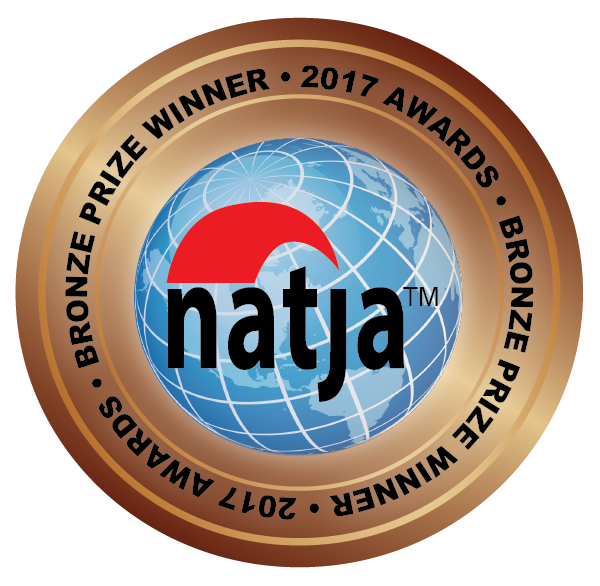Special Offer From BABBEL for Native Traveler Listeners!
The World's Leading Language Learning App is offering NT listeners a Buy Three Months, Get Three Months Free special offer. Click below and enter the coupon code "TheNativeTraveler".
The Road to Kalamazoo
Our senior producer Cara Ferguson proves that there's a little easy rider in all of us, and hitting the open road on two wheels may be easier than you think. With getting there half the fun, you might also be surprised at the hidden gems you'll find along the way. Hop on and listen in.
Mike Ball // Snow City Cycle Marine
Mike Ball from Snow City Cycle Marine gives expert technical advice on getting the right bike and the right gear ready for your next road trip. Those living outside the Toronto area can look to their local colleges and motorcycle shops for courses on motorcycle maintenance.
It all began in 1971 in a 450 square foot garage owned and operated by George and Vira. Today Snow City Cycle Marine is the largest Powersports Dealer in the G.T.A. operating out of 12,500 square foot building on Kennedy Road in Scarborough. They successfully sell and service Yamaha, BRP, Kawasaki, and Suzuki product.
Heritage Guitar Inc.
Kalamazoo’s history with the guitar dates back to the late 1800’s when a man by the name of Orville Gibson arrived in town and began designing his own innovative mandolins. By the early 1900’s, his company was also producing guitars and other stringed instruments and, throughout most of the next century, the Gibson Guitar Corporation grew to become the world’s premier guitar manufacturer. From 1917, that growth occurred at the historic 225 Parsons Street location, until 1984 when the company left Kalamazoo for good, closing the doors on the iconic factory.
Not long after, a few former senior employees had decided they wanted to continue the tradition of handcrafting beautiful, high quality electric guitars in Kalamazoo. By the spring of 1985, those individuals had acquired space at the former factory, purchased a lot of the old guitar-making equipment, and were ready to roll.
The first guitar Heritage introduced was the H-140 solid body single cutaway electric guitar, which premiered at the 1985 NAMM show in New Orleans. Over the years, Heritage has built a small array of various instruments, including banjos, mandolins, flat tops, and basses. However, with the demand for the guitars increasing, the company decided to focus exclusively on making the world’s greatest hollow, semi-hollow, and solid body electric guitars.
Renée Newman // Discover Kalamazoo
Cara and Geoff found Kalamazoo is more than a great name. Located in Southwest Michigan, about two hours from Chicago, Kalamazoo is one of those mid-sized urban gems, with an vital, eclectic downtown, but never far from lakes and outdoor recreation, homey festivals, and more.
Kalamazoo claims to have a big city mindset with a small town heart. Cara and Geoff agree.
Cara & Geoff Hit the Road
Geoff and Cara's tips on where to stay
After a long day on a bike, Geoff and Cara insist on comfort — all the necessities, a king suite, upscale linens and comforters, a jetted tub, an in-suite kitchen is a nice touch. They said they also look for a heated indoor pool, a spa and onsite dining options (in case they're too tired to hit the town)
In Kalamazoo, the Radisson Plaza Hotel delivered on all, and Cara and Geoff were able to explore much of the city on foot from their downtown location.
Loews Chicago Hotel was equally impressive and (much to Cara's delight) had a Starbucks in the lobby. Located on the famed Magnificent Mile, it's close to big attractions like Millennium Park and the John Hancock Center.
The Ambassador Hotel's vintage marble floors, stylized polished nickel sconces, bronze elevator doors, and ornate plasterwork deliver one into authentic 1920’s grandeur, but with 21st century comforts. Geoff and Cara gushed about this one.













